Introduction
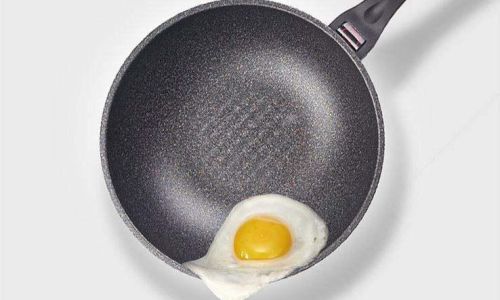
Cooking braised meat in an iron pot is a culinary tradition that dates back centuries. The iron pot, known for its ability to retain heat evenly and distribute it slowly, is an ideal vessel for slow-cooking dishes like braised meat. Whether you’re preparing a hearty beef stew, a succulent pork shoulder, or a tender lamb shank, the iron pot’s unique properties ensure that the meat becomes tender, flavorful, and infused with a rich, aromatic sauce.
However, one of the most frequently asked questions among home cooks is, “How long does it take to cook braised meat in an iron pot?” The answer to this question depends on several factors, including the type of meat, its cut, size, and the desired doneness. In this article, we’ll explore the various considerations that influence cooking time and provide guidelines to help you achieve perfectly braised meat in your iron pot.
Understanding the Cooking Process
Before diving into specific cooking times, it’s essential to understand the basic principles of braising. Braising is a cooking method that combines moist heat with low and slow cooking temperatures to tenderize tough cuts of meat. The process typically involves searing the meat first to create a flavorful crust, then adding liquid (such as broth, wine, or beer) and aromatic vegetables, herbs, and spices. The pot is then covered and cooked over low heat for an extended period.
The low and slow cooking process allows the collagen in the meat to break down into gelatin, resulting in tender, fork-tender meat. Additionally, the liquid reduces and concentrates, creating a rich, flavorful sauce. The iron pot’s ability to retain heat and distribute it evenly ensures that the meat cooks slowly and uniformly, preventing it from drying out or becoming overcooked.
Factors Influencing Cooking Time
Several factors can affect how long it takes to cook braised meat in an iron pot. Here are some of the most important considerations:
-
Type and Cut of Meat: Different types and cuts of meat have varying levels of collagen and fat content, which affect their cooking time. Tougher cuts, such as beef brisket or pork shoulder, require longer cooking times to break down the collagen and fat. Leaner cuts, like lamb shanks or beef short ribs, may cook faster but still need sufficient time to develop flavor and tenderness.
-
Size and Shape of the Meat: Larger cuts of meat take longer to cook through to the center. The shape of the meat also plays a role; thicker cuts require more time to cook evenly than thinner ones.
-
Starting Temperature: Searing the meat before braising helps to create a flavorful crust and lock in juices. However, it’s crucial not to overcrowd the pot during searing, as this can lower the temperature and prevent a good sear. Once the meat is seared, it should be added to the pot at a simmering temperature to maintain an even cooking environment.
-
Liquid Level: The amount of liquid in the pot affects the cooking time. Too much liquid can prolong cooking and dilute flavors, while too little can cause the meat to dry out. Generally, the liquid should just barely cover the meat.
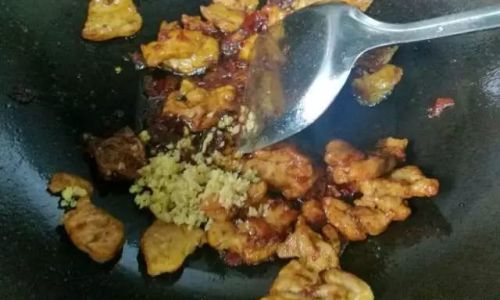
-
Pot Material and Thickness: Iron pots, particularly those made from cast iron, retain heat well and distribute it evenly. However, the thickness of the pot can also impact cooking time. Thicker pots take longer to heat up but maintain a more consistent temperature throughout the cooking process.
-
Oven or Stovetop Cooking: Cooking braised meat in the oven provides a more consistent temperature environment, while cooking on the stovetop allows for more control over the heat. Both methods are effective, but the cooking time may vary slightly depending on the heat source and how well it maintains a consistent temperature.
Guidelines for Cooking Braised Meat in an Iron Pot
Now that we’ve covered the factors that influence cooking time, let’s provide some general guidelines for cooking various types of braised meat in an iron pot.
Beef Brisket
Beef brisket is a tough but flavorful cut that benefits greatly from long, slow cooking. A whole brisket can weigh anywhere from 5 to 15 pounds, and cooking time can vary significantly based on size.
- Preparation: Trim excess fat, season with salt and pepper, and sear in a hot iron pot until browned on all sides.
- Liquid: Add beef broth, onions, carrots, celery, garlic, and your favorite spices.
- Cooking Time: For a 5-pound brisket, cook at 325°F (163°C) for about 4 to 6 hours, or until the meat is tender and can be easily shredded with a fork. Larger briskets may require up to 8 hours or more.
Pork Shoulder
Pork shoulder is another tough cut that becomes incredibly tender and flavorful when braised. It’s often used in dishes like pulled pork or carnitas.
- Preparation: Trim any excess fat, season with salt, pepper, and spices like paprika and cumin, and sear in a hot iron pot.
- Liquid: Add apple cider vinegar, broth, onions, garlic, and bay leaves.
- Cooking Time: Cook at 300°F (149°C) for about 6 to 8 hours, or until the meat is tender and can be shredded easily.
Lamb Shanks
Lamb shanks are a fantastic choice for braising due to their rich flavor and tender texture when cooked properly.
- Preparation: Season with salt, pepper, and herbs like rosemary and thyme, and sear in a hot iron pot.
- Liquid: Add red wine, broth, onions, carrots, celery, and garlic.
- Cooking Time: Cook at 325°F (163°C) for about 3 to 4 hours, or until the meat is tender and falling off the bone.
Beef Short Ribs

Beef short ribs are a luxurious choice for braising, resulting in tender, juicy meat and a rich, flavorful sauce.
- Preparation: Season with salt, pepper, and garlic powder, and sear in a hot iron pot.
- Liquid: Add beef broth, red wine, onions, carrots, celery, and tomatoes.
- Cooking Time: Cook at 325°F (163°C) for about 3 to 4 hours for bone-in short ribs, or until the meat is tender and can be easily pierced with a fork.
Tips for Perfect Braised Meat
-
Use a Good Quality Iron Pot: A well-seasoned cast iron pot will provide the best results, as it retains heat well and distributes it evenly.
-
Season Generously: Braised dishes benefit from bold seasoning. Don’t be afraid to use plenty of salt, pepper, and aromatic spices.
-
Sear the Meat Properly: A good sear adds flavor and helps to lock in juices. Make sure the pot is hot before adding the meat, and don’t overcrowd the pot during searing.
-
Use a Tight-Fitting Lid: A lid that fits snugly on the pot will help to retain moisture and steam, ensuring that the meat cooks evenly and stays tender.
-
Check the Liquid Level: Periodically check the liquid level during cooking, adding more broth or wine if necessary to keep the meat submerged.
-
Rest the Meat: Once the meat is cooked, let it rest for about 15 to 30 minutes before slicing or shredding. This allows the juices to redistribute, resulting in more tender and flavorful meat.
Conclusion
Cooking braised meat in an iron pot is a rewarding culinary experience that results in tender, flavorful dishes. While the exact cooking time can vary based on several factors, understanding the basic principles of braising and following these guidelines will help you achieve perfectly cooked meat. Whether you’re preparing a hearty beef brisket, succulent pork shoulder, tender lamb shanks, or juicy beef short ribs, the iron pot’s ability to retain heat and distribute it evenly ensures that your braised meat will be a hit at any meal. So, the next time you’re in the kitchen, don’t be afraid to experiment with different cuts and flavors, and enjoy the delicious results of slow-cooked perfection.
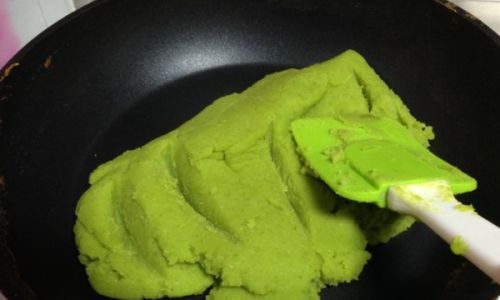

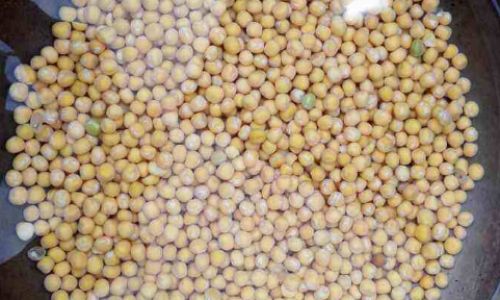
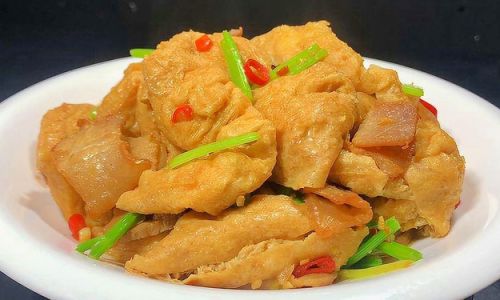
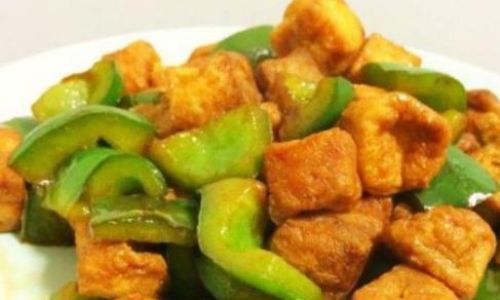
0 comments